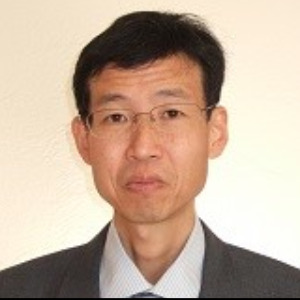Quantum Matter Heterostructures
Quantum Matter Heterostructures, a cutting-edge field in condensed matter physics, have emerged as a promising avenue for exploring and manipulating the unique quantum properties of materials. These heterostructures involve the careful layering of different materials at the atomic level, creating interfaces with distinct electronic, magnetic, and structural characteristics. The quantum behavior exhibited by these heterostructures is a result of the interplay between the materials, leading to novel electronic states and phenomena that can be harnessed for technological advancements.
One key aspect of Quantum Matter Heterostructures is their potential for developing next-generation electronic devices. By combining materials with distinct electronic properties, researchers can engineer interfaces that exhibit emergent phenomena, such as superconductivity and topological insulating states. These exotic states of matter hold promise for creating more efficient and powerful electronic components, with applications ranging from quantum computing to energy-efficient electronics. The precise control over material properties at the quantum level opens up new possibilities for tailoring electronic behaviors to meet specific technological requirements.
Furthermore, Quantum Matter Heterostructures provide a unique platform for studying fundamental quantum physics. The interfacial regions between different materials serve as experimental playgrounds for investigating quantum entanglement, spin-orbit coupling, and other quantum effects. Researchers can utilize these heterostructures to explore and understand the fundamental principles that govern the behavior of matter at the smallest scales. This deeper understanding not only contributes to the development of advanced technologies but also enhances our knowledge of the fundamental nature of quantum mechanics, pushing the boundaries of our comprehension of the physical world. In conclusion, Quantum Matter Heterostructures stand at the forefront of scientific exploration, offering a rich playground for both applied and fundamental research, with the potential to revolutionize technology and deepen our understanding of the quantum realm.

Harry Ruda
University of Toronto, Canada
Raman Singh
Monash University, Australia
Paulo Cesar De Morais
Catholic University of Brasilia, Brazil
Xiao Hong Nancy Xu
Old Dominion University, United States
S V A R Sastry
Harcourt Butler Technical University, India
Vinayak Adimule
Angadi Institute of Technology and Management, India



Title : 40,000 implants in humans and no failure: The impact of nanomedicine
Thomas J Webster, Hebei University of Technology, China
Title : Cellulose-derived biochar modified with iron oxide and ZnO nanoparticles by a novel one-step pyrolytic method for removal of emerging contaminants from water
Rashad Al Gaashani, Hamad Bin Khalifa University, Qatar
Title : Harnessing the unique properties of engineered nanostructures for sensing
Harry Ruda, University of Toronto, Canada
Title : Circumventing challenges in developing CVD graphene on steels for extraordinary and durable corrosion resistance
Raman Singh, Monash University, Australia
Title : Nano DAP augments productivity, phosphorus use efficiency, and profitability of spring wheat in India
Binaya Kumar Parida, Coromandel International Ltd, India
Title : Lipid nanoparticles formulations: From bench scale to industrial scale
Mohammad A Obeid, RAK Medical and Health Sciences University, United Arab Emirates